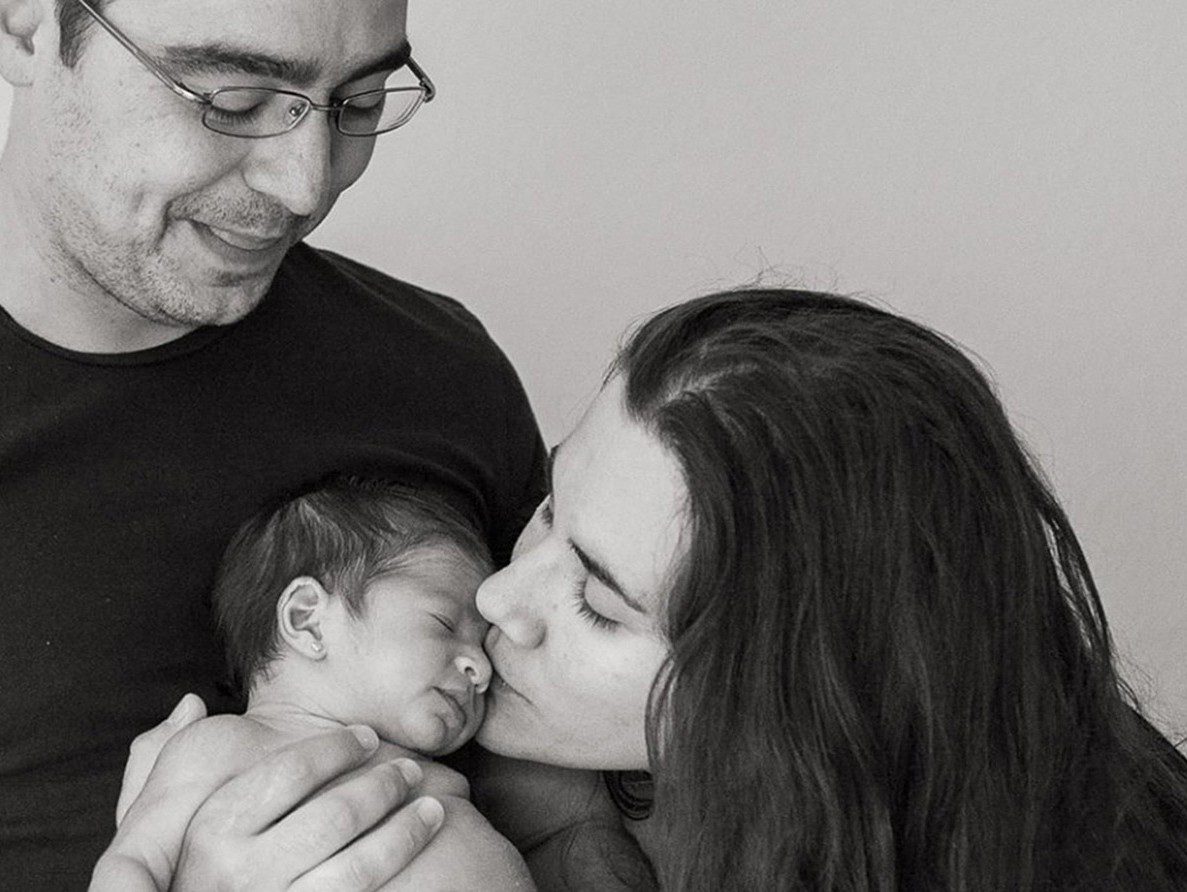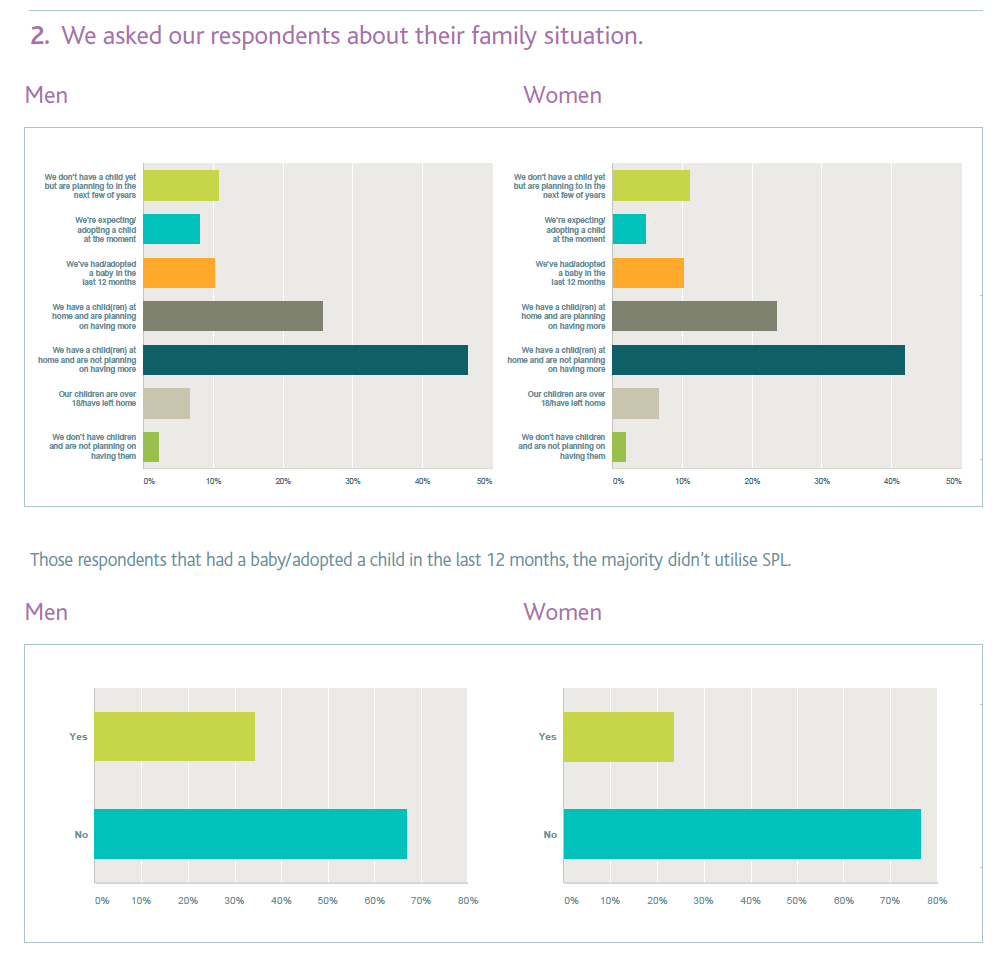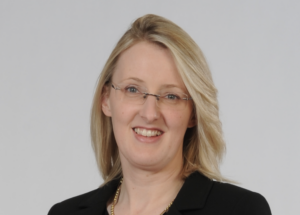Why Shared Parental Leave take-up is probably closer to 25%
- 5 Min Read
Former employment minister Jo Swinson told HRD Connect that shared parental leave take-up was well above 1% of eligible parents.
- Author: Owain Thomas
- Date published: Apr 5, 2016
- Categories

As many as one in four eligible parents may be using shared parental leave (SPL) just one year after its introduction.
This result contradicts the 1% reported across much of the media and headlined from the report published by My Family Care and the Women’s Business Council, although it came from a small sample size.
The higher figure was buried inside the Shared Parental Leave: where are we now? report and not mentioned in its top line findings and summary.
Of the 1,000 parents or parents-to-be surveyed for the research, approximately 10% said they had either had a baby or adopted a child in the last 12 months – making them eligible for SPL.
Of this eligible cohort, 23.53% of women and 30% of men said they and their partner had used SPL.
This equated to approximately 26.7% of the eligible parents after accounting for the proportion of women and men responding.
This contradicts the 1% figure published and widely promoted from the same report, which came from a survey of 200 HR directors and counted SPL take-up among the entire male workforce – not just those eligible for it.
Virgin Media reward manager Adam Nuckley also disputed the figures presented.
In a post on LinkedIn, Nuckley suggesting that using 2014 figures, 1% of the whole male workforce taking up shared parental leave would actually be at least 21% of the eligible male workforce.
The coalition government expected take-up of between 2% and 8% when the policy was launched early last year.
Former coalition business minister Jo Swinson, who oversaw the introduction of SPL, told HRD Connect she was overwhelmed with the potential scale of the 26.7% figure, but warned it was likely to be affected by the small sample size.
“I think it’s clear that there’s a lot more than 1%,” she said.
“Given the small sample size I don’t think we have got enough information to have confidence in that, but if we end up with that being the true figure I would be absolutely delighted.
“With what the government impact assessment was I’d be very happy with 8% and if it is higher that’s a wonderful endorsement and recognition that in this time and age couples want to share parental leave when previously they couldn’t.
“We always hoped it would grow over time,” she added.
Swinson also noted that it was unlikely employers would ever be able to provide an acurate figure on take-up of SPL as it would require far greater information about all their male employees and the data about their partners.
Issues remain
Further results from the report raised several key issues limiting the take-up of SPL, but highlighted that there was willingness among parents to use it:
- More than 60% of fathers and more than 50% of mothers said they were either very likely to or would possibly use SPL if they had more children;
- The majority of men felt their partner would prefer to take all the leave themselves;
- More than 50% of men said taking SPL would be looked at negatively in their workplace;
- More than 80% of men said taking SPL would be dependent on their finances and whether it was enhanced by their employer;
- Women were positive about the potential of sharing parental leave (65%);
- More than 80% of women agreed that taking SPL would be dependent on financing and whether it was enhanced;
- More than half of women said they feared their partner would be negatively perceived in work.
Swinson acknowledged that the report raised key issues preventing take-up but that there were success stories.
“The case studies show that where employers are positive about shared parental leave and welcome those wanting it, we give people the ability to do it, so I think that shows the impact positive employers can have,” she said.
“It’s also not surprising but interesting that men think there’s a negative impact on them taking it. What it shows is the need to drop the parenting penalty in workplace. We want to use the talents of parents in the workplace,” Swinson added.
Explaining why it focused on the 1% figure reported by employers and did not promote the reported take-up by eligible parents, My Family Care founder Ben Black said: “The statistic that less than 1% of men took up Shared Parental Leave was based on what employers have experienced in the last 12 months.
“The employers surveyed, have seen a 1% take up rate of SPL. We state in the report that employers are not able to give an indication of all eligible men, and it was highlighted that in an ideal situation – when employers are more enlightened – that this percentage would ideally come from the number of eligible men, rather than all men.
“There are different rules around eligibility for SPL than there are for Maternity Leave, so identifying the number of men who work in a company and their eligibility is much harder,” he added.









